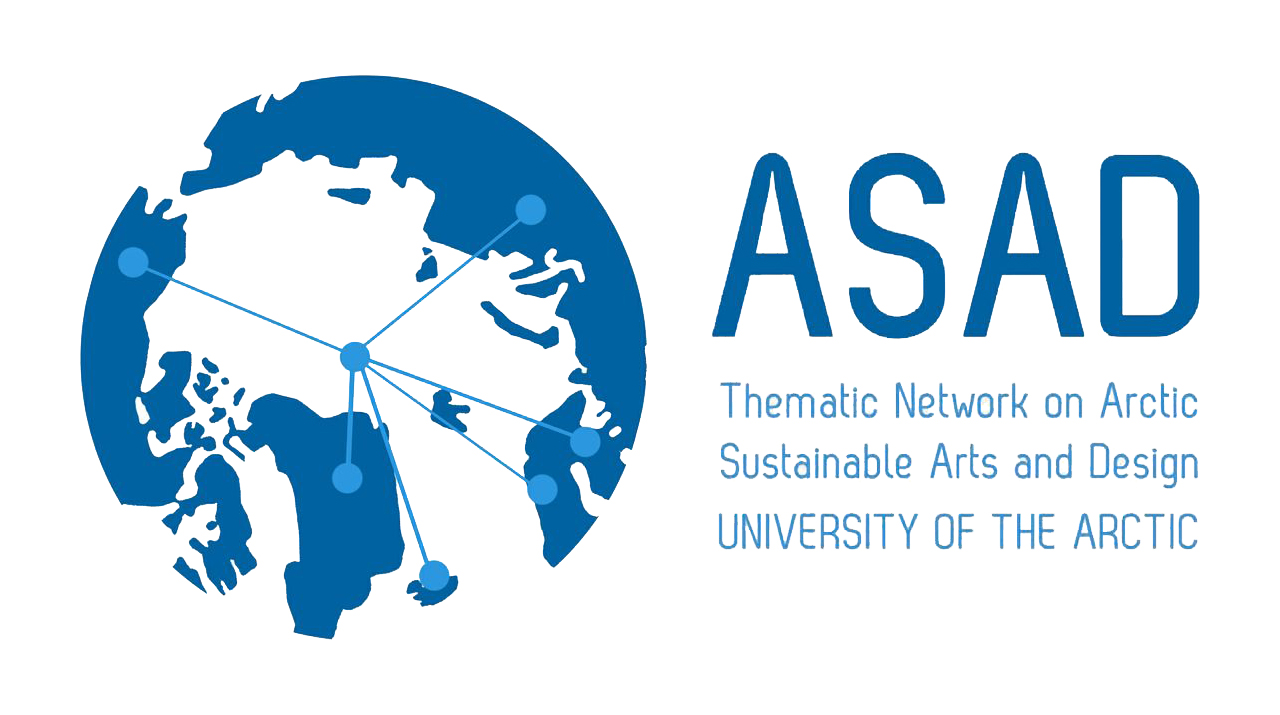Arctic Congress Bodø 2024
29 May – 3 June 2024
Arctic Sustainable Art and Design Thematic Network of UArctic have introduced the concept of ‘new genre Arctic art’ to define and describe contemporary artistic interventions, public art and performances that include participation, activism and engagement with contemporary issues of the North and the Arctic. The term is based on the concept of ‘new genre public art’ that was coined by Lacy in 1995 to describe a type of public art that creates participatory, political and aesthetic events rather than producing typical art works, like sculptures in public spaces. Lacy characterised new genre public art as activist in nature, as it has often been created outside of institutional structures and has engaged artists in direct collaboration with participants to address social and political issues. In the Arctic region, the extraction of natural resources, climate change and the cultural rights of Indigenous peoples have been main contemporary issues of interest to artists and artist-researchers. Also, the pedagogical turn of contemporary art is embedded in the new genre of Arctic art. Many artists share new understandings of the North and the Arctic with widened audiences through their contemporary art.
The parallelism of critical studies of Arctic sustainability and new genre Arctic art has led to the assumption that art education can be culturally unsustainable if its activities do not take local ecocultures and local knowledge into consideration. In addition, recent educational studies have stressed how materiality has major importance in Arctic residents’ childhood and situational land-based outdoor activities as effective ways of learning. The exhibition follows the global paradigm shift focusing on collaborations with more-than human nature, knowing with nature, and encounters with northern material world.
In this exhibition we are examining how new genre Arctic art and education tackle local ecoculture, natural resource extraction, politics, identities, and cultural continuation, and fosters cultural resilience and sustainability. The artwork and documents of art education practices from different parts of the circumpolar world illuminate artists´ and art educators´ participatory engagements and agency. The artworks and documentations of the processes working with the northern issues show that new genre Arctic art and education activities create a sense of inclusion, which fosters cultural revitalisation, decolonisation, strong identity and cultural pride. The approach to art education assumes an optimistic view of the possibilities that art education affords to affect changes that support more sustainable societies in the North ant the Arctic.
Timo Jokela
Professor, Faculty of Art and Design, University of Lapland
UArctic Chair of Art, Design and Culture





